45 how to spot gluten on food labels
Getting Started on a Gluten-Free Diet: A Step-By-Step Guide STEP 2: Carefully Read Food Labels. An important part of successfully following a gluten-free diet is reading packaged food labels carefully. This includes "gluten-free" claims on packages, as well as product ingredient lists. Since ingredients can change at any time, it's important to read labels every time you shop. Spotting Gluten Free on Food Labels | Natural Balance Foods Gluten containing foods. Here are some of the foods which if they don't state 'gluten free' on the pack you should always avoid, since they most definitely contain gluten: Pasta; Couscous; Wheat protein; Wheat starch; Wheat flour; Bread flour; Bleached flour; Bulgur Malt; Farina; Seitan; Wheat or barley grass; Wheat germ oil or extract
Allergen labelling - Food Standards Allergen labelling. Some foods and ingredients can cause allergic reactions including anaphylaxis, immune reactions such as in Coeliac disease, and other adverse health reactions such as asthma. In February 2021, new plain English allergen labelling requirements were introduced for how certain foods known to be common allergens are declared.

How to spot gluten on food labels
How to read food labels | healthdirect The label may make a number of nutrition claims such as 'gluten free', 'low GI', 'low fat', 'reduced salt' or 'high fibre'. These mean the product meets strict criteria set by the government. But just because a product can make a nutrition claim doesn't mean it is healthy. How to Spot Those Sneaky Sources of Gluten - Cleveland Clinic Look for gluten in candy (especially licorice), energy bars and granola bars, too. It is important to read labels every time you purchase the item to verify that all ingredients are gluten-free since manufacturing practices may change. 10. Soy sauce + miso Soy sauce (except for tamari) is made with wheat. Miso, a soup base, may be made with barley. How to tell if a food is gluten-free - Gluten Free Dietitian In general, when determining whether a food product is made using gluten-containing ingredients you are looking for 6 words or ingredients: wheat, barley, rye, oats, malt, and brewer's yeast. With a few exceptions, if you see any of these words in an ingredient list or a "contains" statement the food is not gluten free.
How to spot gluten on food labels. Which Ingredients Contain Gluten? | How to Identify on Labels It's important to note that when a product is labelled 'gluten free', it doesn't necessarily mean that it contains no trace of gluten. Rather, it means that particular product contains a legally acceptable level of gluten. Foods that are labelled 'gluten free' must meet the requirements that are set in Regulation (EU) No. 828/2014. The legislation outlines when it is acceptable for a product to be labelled 'gluten free' - i.e., it must contain no more than 20mg/kg gluten as ... The Celiac Sleuth: Tips for Spotting Gluten on Food Labels Identify the sources of gluten You will never find "gluten" listed as an ingredient when reading a food label. The most common sources of gluten are wheat, barley, and rye. But aside from those, there are various forms of wheat and wheat-based ingredients that you need to identify - there are also some ingredients derived from barley and rye. Wheat and Gluten Ingredients on Food Labels - WebMD Any packaged food has to show on the label if it contains any of the eight major food allergens in it: milk, eggs, fish, shellfish, tree nuts, peanuts, wheat, or soybeans. Look at both the food... Gluten and Food Labeling | FDA The rule specifies, among other criteria, that any foods that carry the label "gluten-free," "no gluten," "free of gluten," or "without gluten" must contain less than 20 parts per million (ppm) of...
Questions and Answers on the Gluten-Free Food Labeling Final Rule The U.S. Food and Drug Administration (FDA) has defined the term "gluten-free" and established conditions for the voluntary use of the term in the labeling of foods. Any food product bearing a... The Secrets to Decoding Food Labels for Dairy-Free Living Milk-Free - It's typically equivalent to dairy-free labels, and should mean the product is made without any milk-based (dairy) ingredients. Lactose-Free - Lactose-free just means the product is free of milk sugar, not of all milk-based ingredients. However, some dairy-free products use this label instead of dairy-free. We're not sure why. How to Read Food Labels When Eating Gluten Free - Beauty in the Crumbs If you have celiac disease, you must buy specially rolled oats. If you're gluten-sensitive, you might be fine with regular oats because there are only very small traces of gluten on them. However, if you see "oats" in the ingredients list on a food item, you'll want to look to see if it's certified gluten free. How to Identify Gluten on Food Labels - Verywell Health The gluten-free food labeling requirements only apply to packaged foods. The rule doesn't apply to meat, poultry, unshelled eggs, or distilled spirits and wines made with 7% alcohol by volume or more. There is no standard symbol for gluten-free foods. Manufacturers can simply print "gluten-free" on their label as long as it is truthful.
Food Fraud Is Real. Here's How To Detect Mislabeled Foods. To help read labels better, understand that a food that boasts "no sugar added" can still have a lot of sugar naturally present, such as a fruit juice. Also keep in mind that a food labeled "reduced sugar" needs to have 25% less than a "regular" version of the same food. Neither label necessarily means a food is low in sugar, however. Food labels - Coeliac UK Our Crossed Grain symbol is a helpful, quick and easy way of identifying foods you can eat. Food products that have the Crossed Grain symbol on the packaging are gluten free and safe for people with coeliac disease. There are different types of licence for the symbol based on where the product is sold and what ingredients are in the product. How to Read Food Labels Without Being Tricked - Healthline Instead, try choosing items that have whole foods listed as the first three ingredients. In addition, an ingredients list that is longer than two to three lines suggests that the product is highly... Find gluten free foods: how to read food labels Find gluten free foods: how to read food labels. October 30, 2015 0. 8 Use these tips to stay away from foods containing gluten ...
13 Misleading Food Label Claims and How Not to Be Tricked - Sentient Media 9. Label Says "Multigrain". Though the term " multigrain " may elicit a vision of multiple healthy whole grains all being put in one product, this is likely not the case. The term simply means that a variety of grains were used in the food; most, if not all, of these grains are likely refined. 10.
how to spot gluten on food labels Latest Stories | Echemi Get the latest how to spot gluten on food labels news delivered straight to you. The information of how to spot gluten on food labels is large on echemi.com. Product
Food labels - NHS These labels provide information on the number of grams of fat, saturated fat, sugars and salt, and the amount of energy (in kJ and kcal) in a serving or portion of the food. But be aware that the manufacturer's idea of a portion may be different from yours. Some front-of-pack nutrition labels also provide information about reference intakes.
Understanding Food Labels - Go Dairy Free This handy quick guide includes the essentials to understanding food labels for dairy-free diets. Click on any of the links or images below to get information on understanding food allergen labeling (including how to spot milk when it isn't clearly noted), foods and all types of other products where dairy may hide (yes, even in paint and ...
How to Read Food Labels: Your Complete Consumer Guide Food Label Confusion. Unfortunately, there's often a conflict between brand goals and having to comply with government regulations, resulting in food labels that are often confusing. Take, for example, the trend to label bottled water as gluten-free and non-GMO, a practice known as "labeling what's absent." While no water that I've ever heard of has contained gluten (unless you just threw a slice of bread into a duck pond) or has been genetically modified, these terms still signal ...
Identifying Gluten on Food Labels: Become a Master in Minutes! You will soon be a master at identifying gluten on food labels! Step 1: Look for a statement that says Contains Wheat This statement will often be in bold at the end of the list of ingredients. The word wheat may be buried somewhere within the list of ingredients.
Yeast extract and other words to look for in the ... - Gluten Free Watchdog FDA regulated packaged foods must comply with the Food Allergen Labeling and Consumer Protection Act (FALCPA). What this means in a nutshell: If a food includes an ingredient that contains wheat protein, the word wheat must be included in either the ingredients list or the Contains statement. This is also true for Crustacean shellfish, eggs ...
Label Reading & the FDA | Celiac Disease Foundation Be sure to check the ingredients list for other hidden sources of gluten. Check for obvious ingredients . Wheat Barley Rye Malt Brewer's yeast Oats (unless specifically labeled gluten-free) If there is not a "gluten-free" label on the product packaging, read the ingredients label thoroughly. Check for hidden or questionable ingredients.
Food Label Claims: What You Can and Can't Trust - WebMD This label is important for people with gluten sensitivity or celiac disease, an autoimmune condition. There is no FDA symbol for this standard. But you can trust a gluten-free claim on most foods.
How to tell if a food is gluten-free - Gluten Free Dietitian In general, when determining whether a food product is made using gluten-containing ingredients you are looking for 6 words or ingredients: wheat, barley, rye, oats, malt, and brewer's yeast. With a few exceptions, if you see any of these words in an ingredient list or a "contains" statement the food is not gluten free.
How to Spot Those Sneaky Sources of Gluten - Cleveland Clinic Look for gluten in candy (especially licorice), energy bars and granola bars, too. It is important to read labels every time you purchase the item to verify that all ingredients are gluten-free since manufacturing practices may change. 10. Soy sauce + miso Soy sauce (except for tamari) is made with wheat. Miso, a soup base, may be made with barley.
How to read food labels | healthdirect The label may make a number of nutrition claims such as 'gluten free', 'low GI', 'low fat', 'reduced salt' or 'high fibre'. These mean the product meets strict criteria set by the government. But just because a product can make a nutrition claim doesn't mean it is healthy.




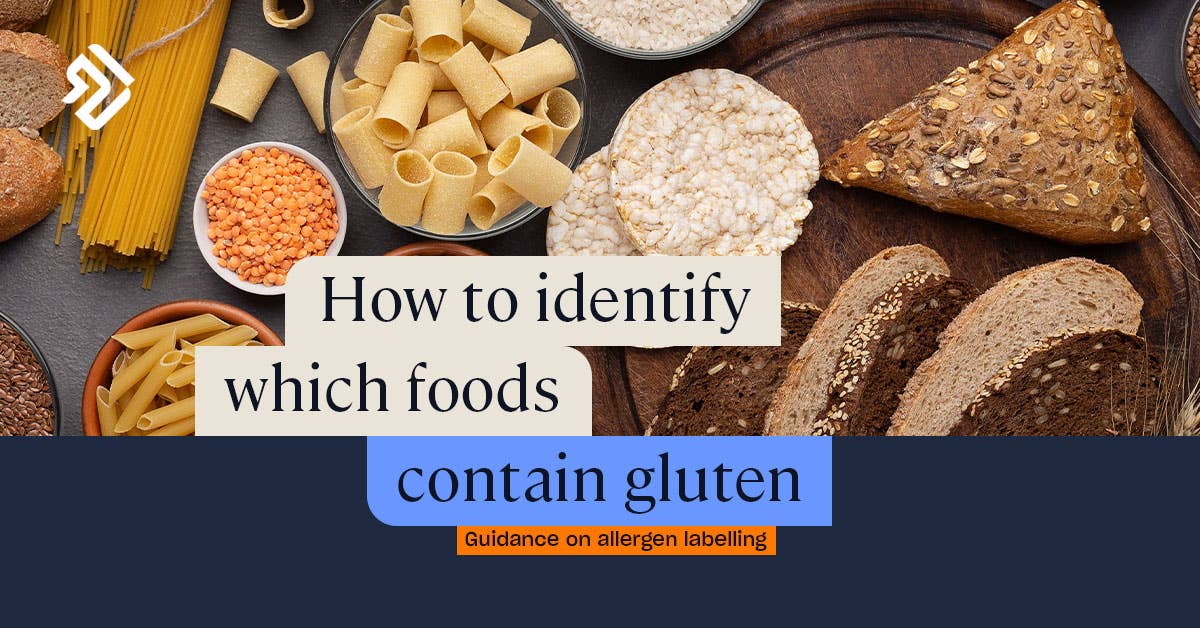

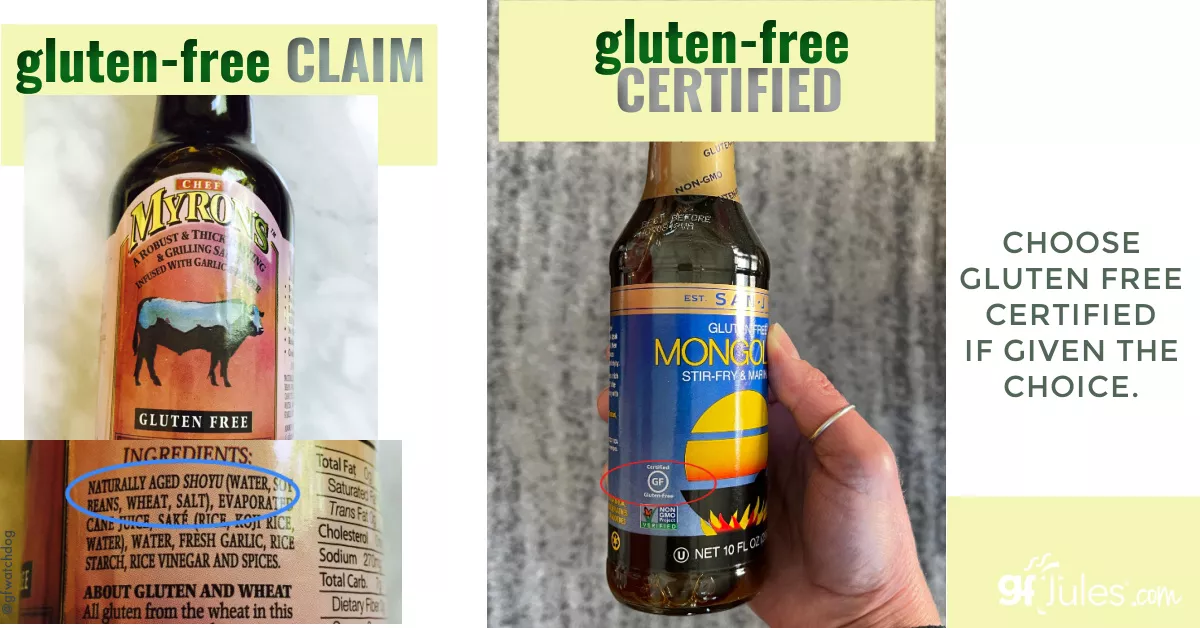

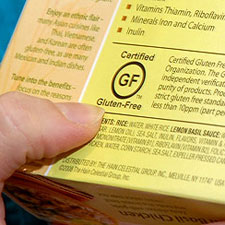
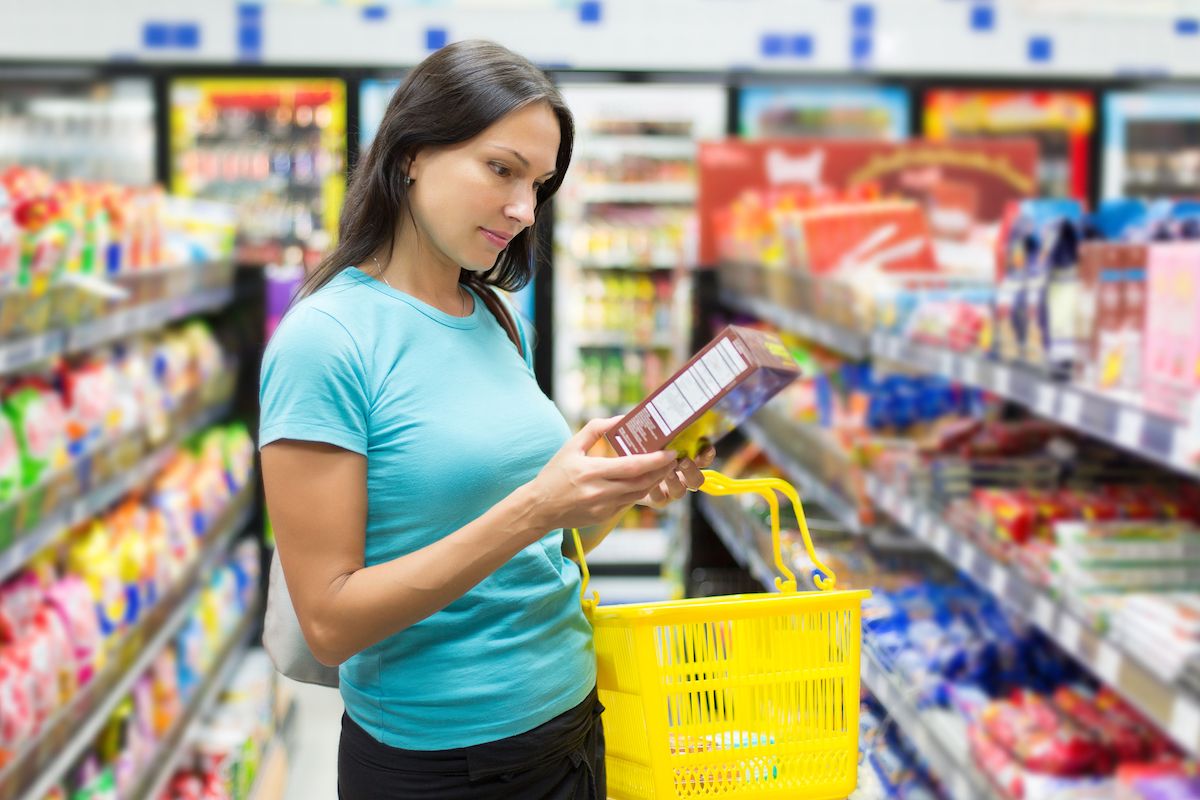

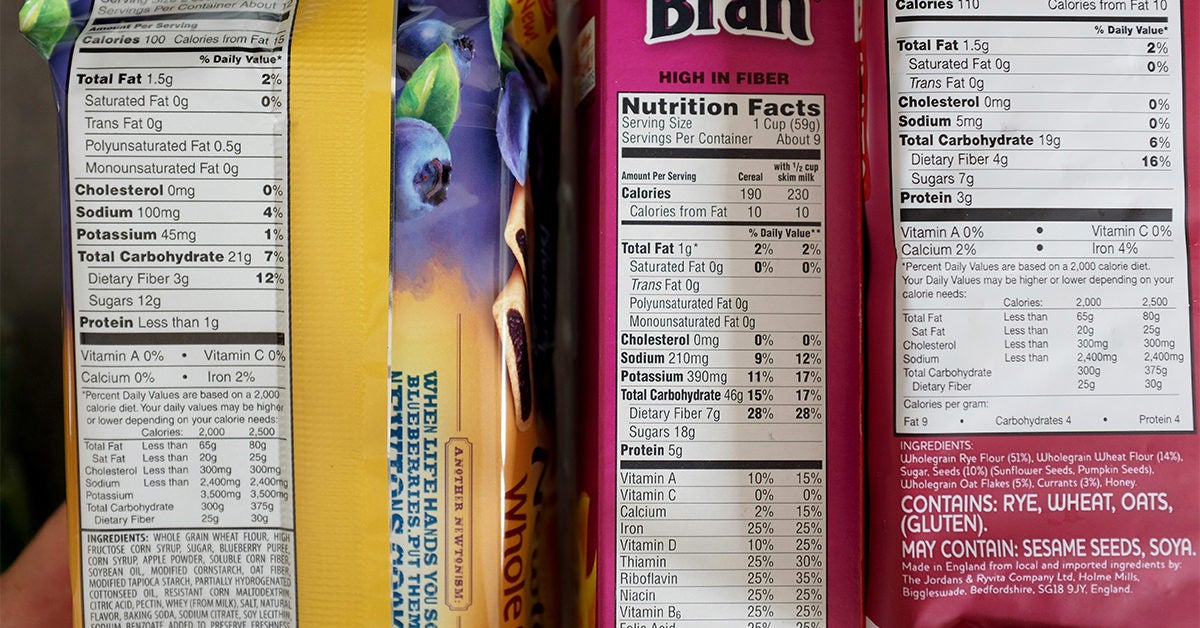

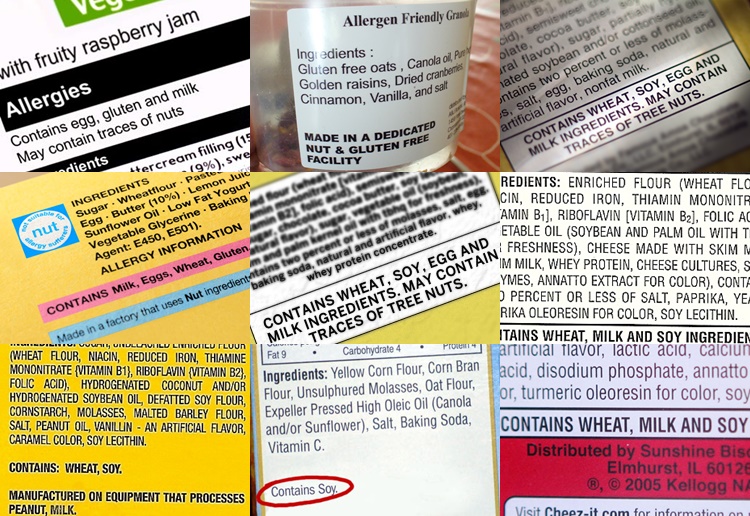

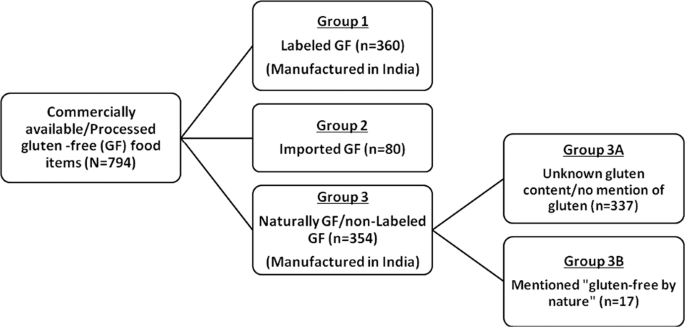

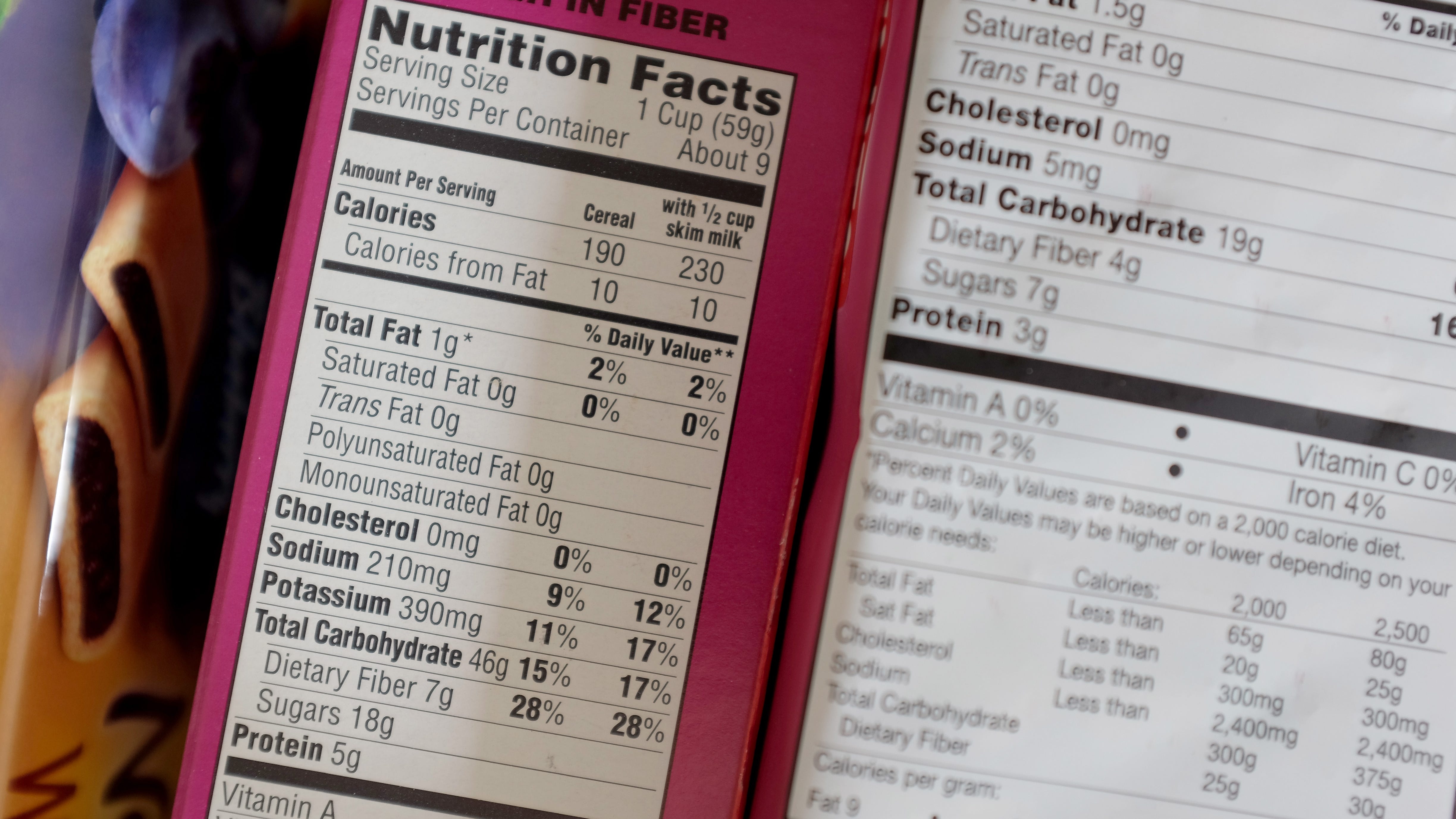



:max_bytes(150000):strip_icc():gifv()/gluten-free-fb-2-709bdffee543403fb177ac17c0e8c932.jpg)
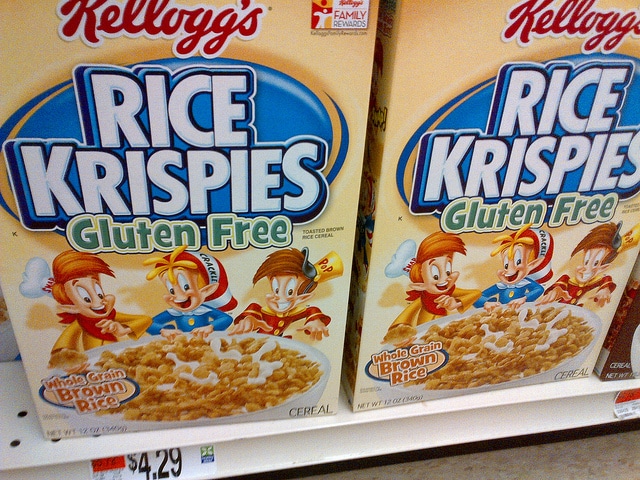
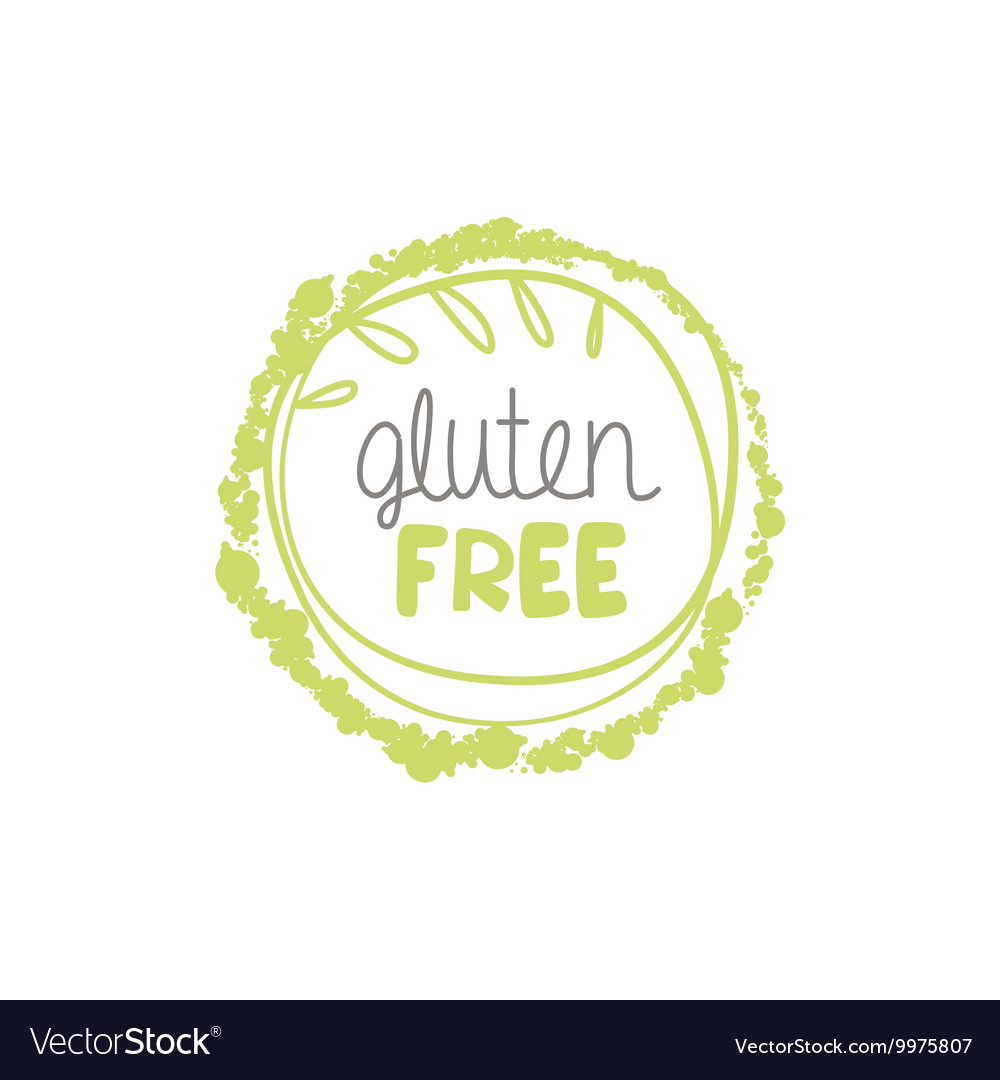



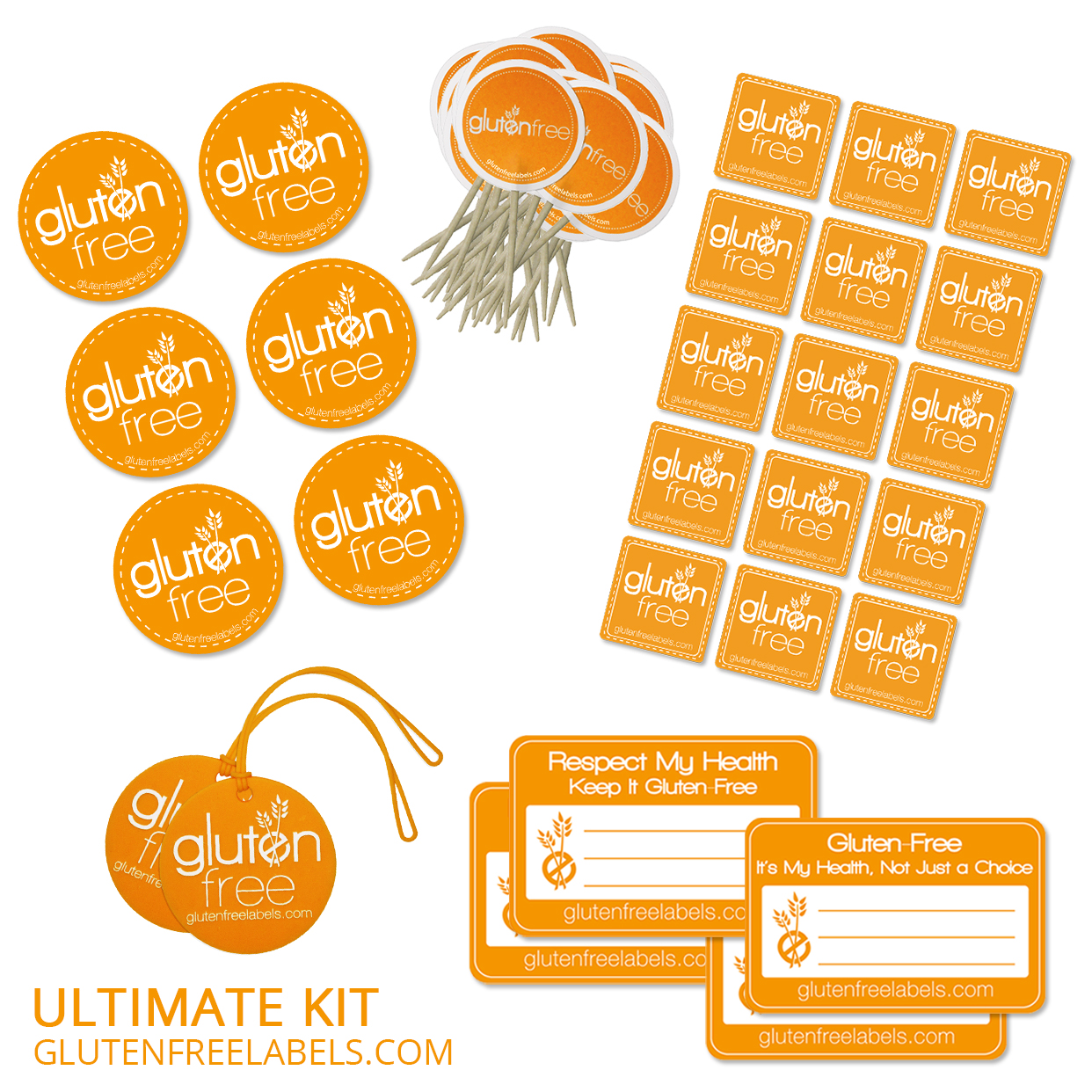



:max_bytes(150000):strip_icc()/Food-label-Envision-575f13f25f9b58f22ee9a2dc.jpg)

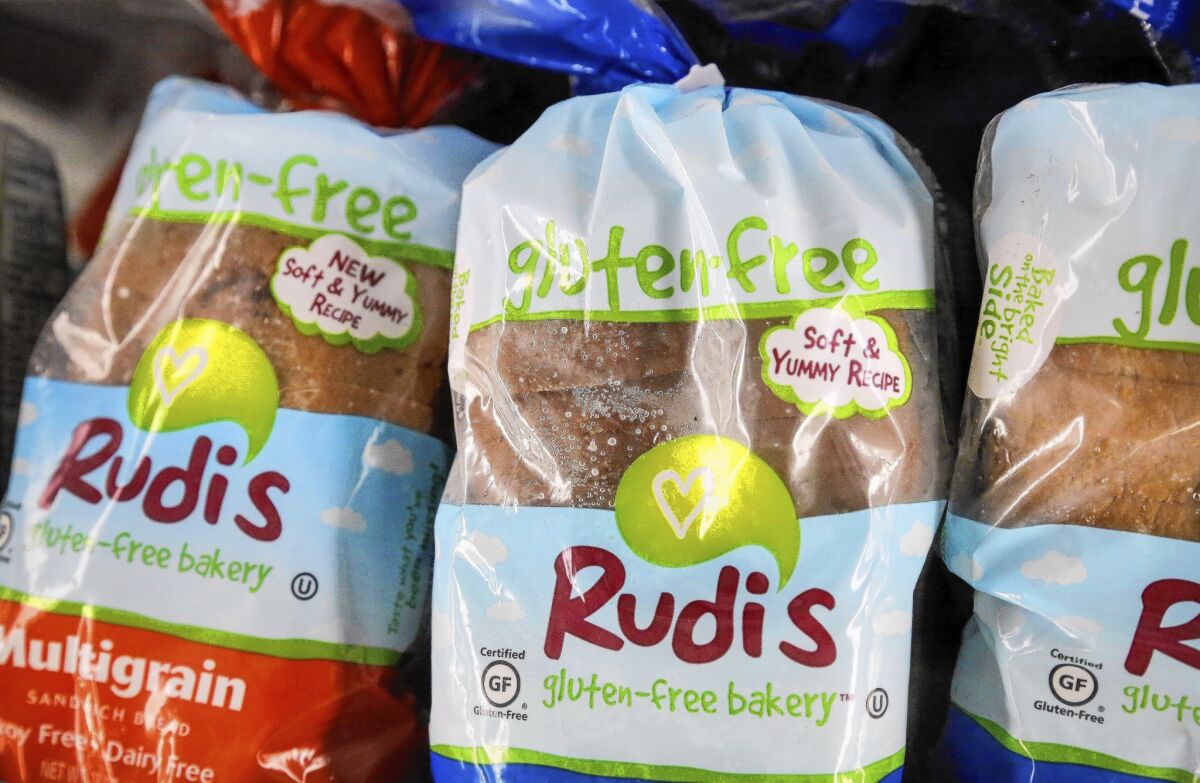

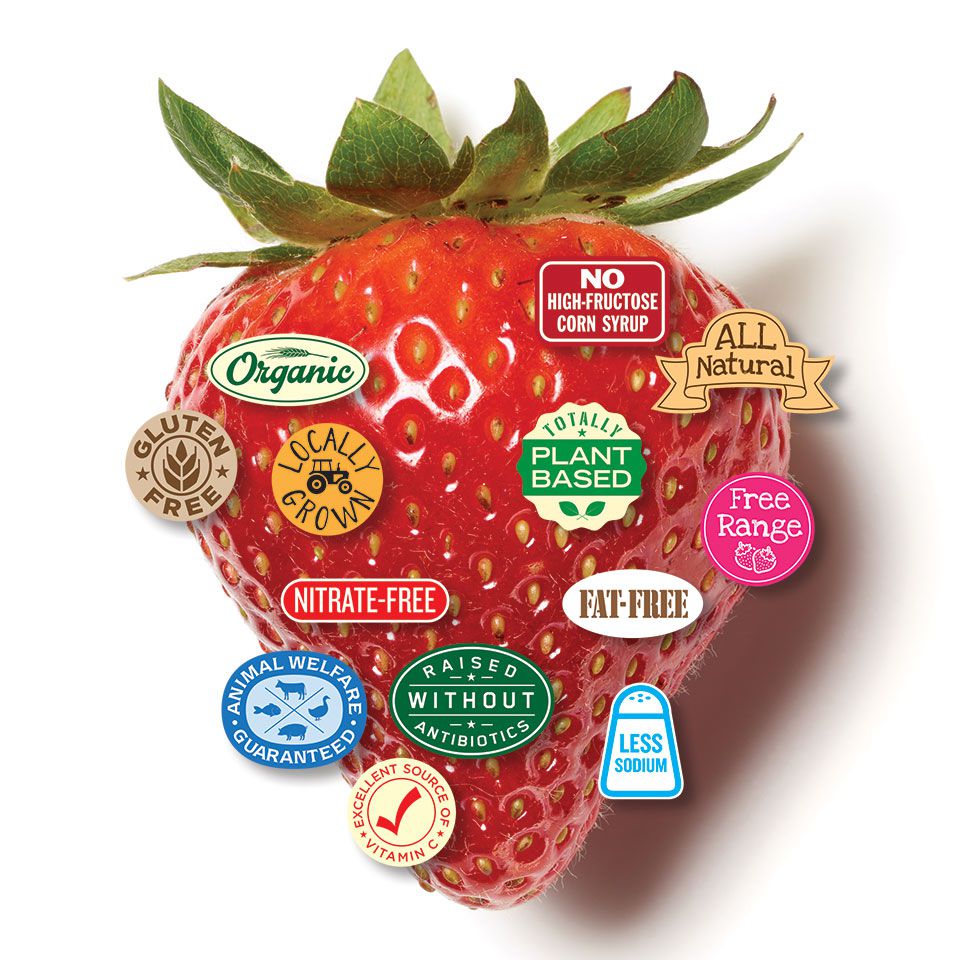


:max_bytes(150000):strip_icc()/feel-better-gluten-free-562706-5c1af90146e0fb00018be88c.png)

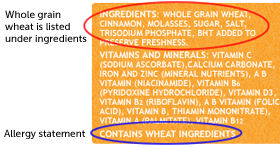
/1-22244b745bcf42d98e8c890c2d39b83d.png)


Post a Comment for "45 how to spot gluten on food labels"